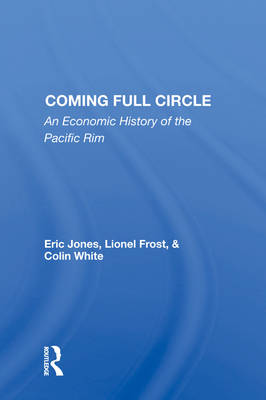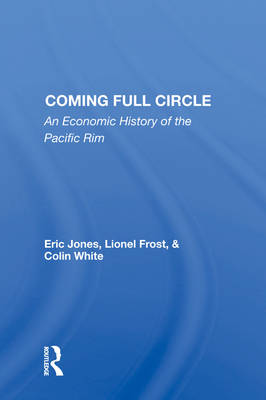
- Afhalen na 1 uur in een winkel met voorraad
- Gratis thuislevering in België vanaf € 30
- Ruim aanbod met 7 miljoen producten
- Afhalen na 1 uur in een winkel met voorraad
- Gratis thuislevering in België vanaf € 30
- Ruim aanbod met 7 miljoen producten
Zoeken
€ 195,95
+ 391 punten
Uitvoering
Omschrijving
Analyzing the long-term, historical development of the major economies around the Pacific Rim in language aimed at the general reader, Coming Full Circle throws light on the most important relationships in the region today as well as on the prospects for future economic development and political cooperation. The authors begin with a critique of the popular notion of an integrated "Pacific region," paying particular attention to the influence of geography and environment on population distribution and patterns of regional economic activity. Their study covers the diverse indigenous development of pre-European times, later periods of direct European influence, and the evolution of modern-day urban societies in the region. Finally, they track the rise of the United States and Japan as the dominant regional economic powers and forecast changes we can expect to see in the years ahead, noting in particular the increasing importance of China.
Specificaties
Betrokkenen
- Auteur(s):
- Uitgeverij:
Inhoud
- Aantal bladzijden:
- 204
- Taal:
- Engels
Eigenschappen
- Productcode (EAN):
- 9780367004187
- Verschijningsdatum:
- 7/06/2019
- Uitvoering:
- Hardcover
- Formaat:
- Genaaid
- Afmetingen:
- 152 mm x 229 mm
- Gewicht:
- 539 g

Alleen bij Standaard Boekhandel
+ 391 punten op je klantenkaart van Standaard Boekhandel
Beoordelingen
We publiceren alleen reviews die voldoen aan de voorwaarden voor reviews. Bekijk onze voorwaarden voor reviews.











